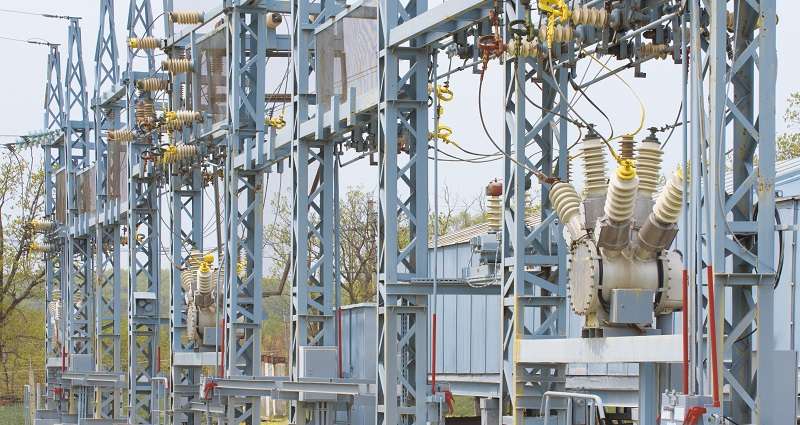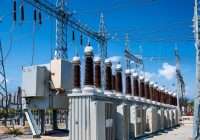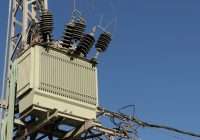Many people make mistakes when selecting distribution transformer capacity, which affects system efficiency and reliability. A transformer that is too small can cause power outages, while one that is too large increases operational costs without significant benefits. Understanding these mistakes can help in making the right choice.
Common Mistakes in Choosing Distribution Transformer Capacity
1. Ignoring Accurate Load Calculations
Some people rely on rough estimates instead of precise calculations, leading to incorrect transformer capacity selection. Conducting an energy audit and using the correct power calculation method ensures an optimal capacity.
2. Overlooking Peak Load Factors
Choosing a transformer based only on average load may cause issues during peak power demand. Overheating or power failures can occur if the transformer cannot handle load surges. Reviewing historical power usage data is essential to account for peak loads.
3. Choosing the Wrong Transformer Type
Different power transformers, such as dry-type and oil-immersed, have distinct advantages. Selecting the wrong type can lead to inefficiency and higher maintenance costs. It is important to choose a transformer that matches your environmental conditions and power needs.
4. Failing to Consider Future Load Growth
A transformer that meets today’s needs may be insufficient in the next five or ten years. Ignoring future demand could result in unexpected replacement costs. Investing in a slightly higher capacity helps prevent unnecessary upgrades.
5. Neglecting Energy Efficiency
Low-efficiency transformers cause significant power losses, leading to higher operational costs. Many buyers focus only on price without considering efficiency. Choosing a high-efficiency Indonesian transformer minimizes long-term expenses.
6. Ignoring Quality and Certification
Some buyers opt for cheaper transformers without checking certifications and safety standards. Low-quality components can lead to system failures or fire hazards. It is essential to purchase from trusted manufacturers like Bambang Djaja, known for producing high-quality, certified transformers.
How to Avoid Mistakes in Choosing Distribution Transformer Capacity
- Calculate power needs accurately by conducting an energy audit or consulting an electrical expert.
- Consider peak load factors to ensure the transformer can handle power surges and maintain system stability.
- Select the right transformer type based on operational and environmental conditions.
- Plan for future load growth by choosing a transformer with slightly higher capacity to avoid early replacements.
- Choose an energy-efficient transformer to reduce power loss and lower operational costs.
- Buy certified, high-quality products from Bambang Djaja, a reliable Indonesian transformer manufacturer.
Determining distribution transformer capacity impacts efficiency and operational costs. The wrong capacity increases expenses, reduces efficiency, and risks system failures. Proper load calculations, efficiency analysis, future demand assessment, and high-quality products ensure stable and reliable power distribution.
For high-quality transformers, contact Bambang Djaja today and find the best solution for your needs.







